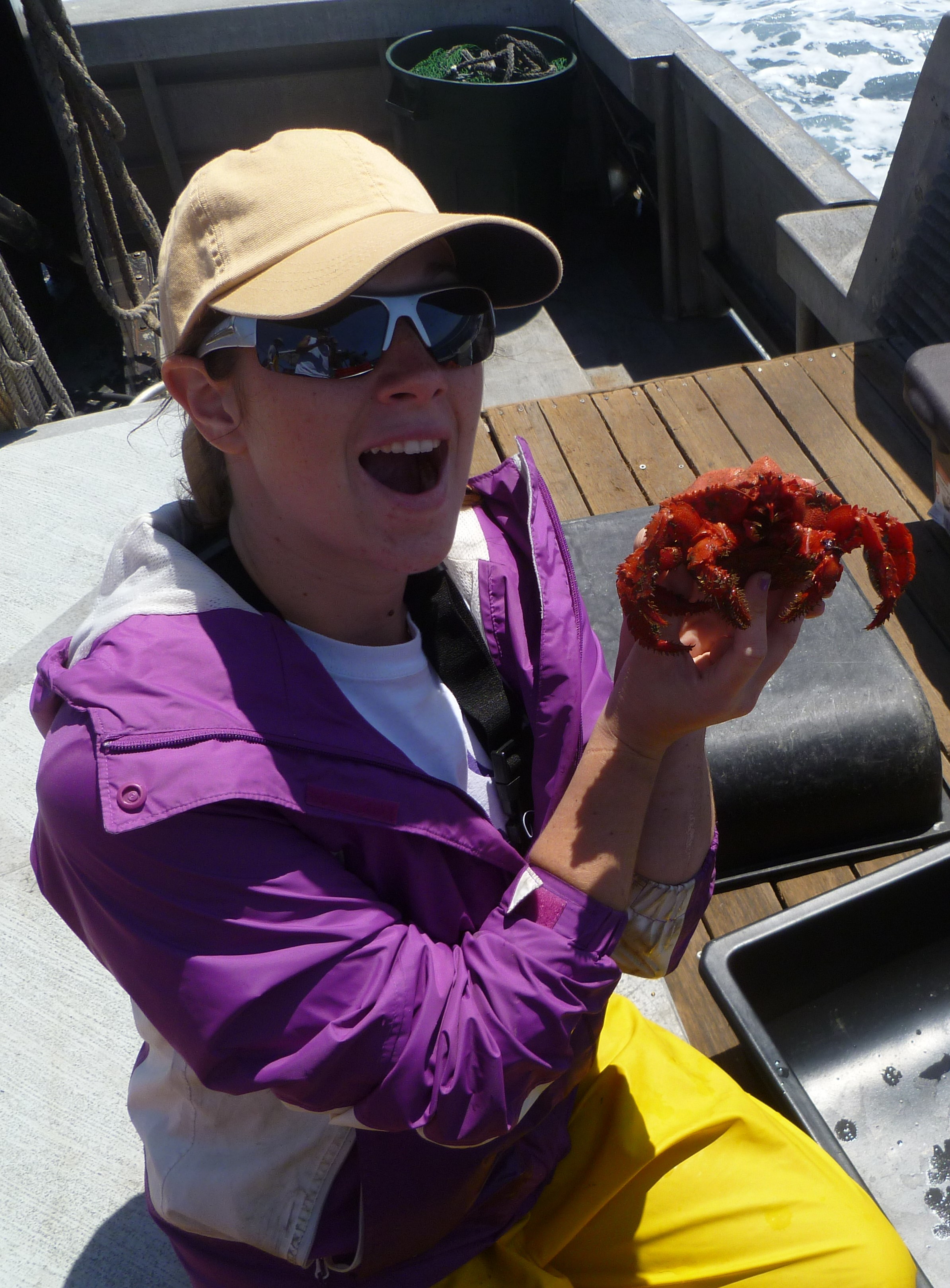
Abundance, distribution, and size frequency of three emergent fishery species in Palos Verdes, California
Kelletia kelletii, Megastraea undosa, and Megathura crenulata are three emergent fisheries that have gained commercial importance along the southern coast of California. Life history data and commercial regulations on these species are sparse and without the necessary ecological information, we cannot create sustainable management practices to protect these fisheries in the future against increasing demand. In order to contribute helpful ecological data, this study surveyed the density, distribution, and size frequencies of K. kelletii, M. undosa, and M. crenulata within four depth zones along the Palos Verdes Peninsula. Invertebrate population data was examined alongside the abiotic and biotic conditions at each depth zone. Site-specific patterns were also examined along KOU rock, Ridges South, and Segovia for K. kelletii, M. undosa, and M. crenulata densities respectively. K. kelleti average density increased from inner to outer depth zones and average size decreased from inner to deep reef zones. The most abundant size bins ranged from 70 to 90 mm and greater size correlated with low sea star density. K. kelleti density was more abundant in sand-cobble interfaces and areas with sea stars. However, along KOU rock, K. kelleti density inversely correlated with sea stars. M. undosa average density decreased from inner and middle depth zones to outer and deep depth zones and average size increased from inner to deep reef zones. Most abundant size bins ranged from 80 to 100 mm. M. undosa density correlated with high coralline algae presence, a trend also observed along Ridges South. M. crenulata density decreased from the inner to middle, outer, and deep depth zones and average size increased from inner to deep depth zones. Most abundant size bins ranged from 80 to 100 mm and high densities correlated with high macroalgae species diversity, high presence of erect coralline algae, high relief, and more bedrock. These results provide a glimpse into the abiotic and biotic factors influencing the three emergent fisheries and serve as the first step toward implementing sustainable management practices.
Poster Presentations: 2013 Occidental Undergraduate Research Conference, 2014 Southern California Academy of Sciences Annual Meeting
Oral Presentations: Biology Honors Thesis
Publications: Radula development in the Giant Key-Hole Limpet (Mikovari et al. 2015)
